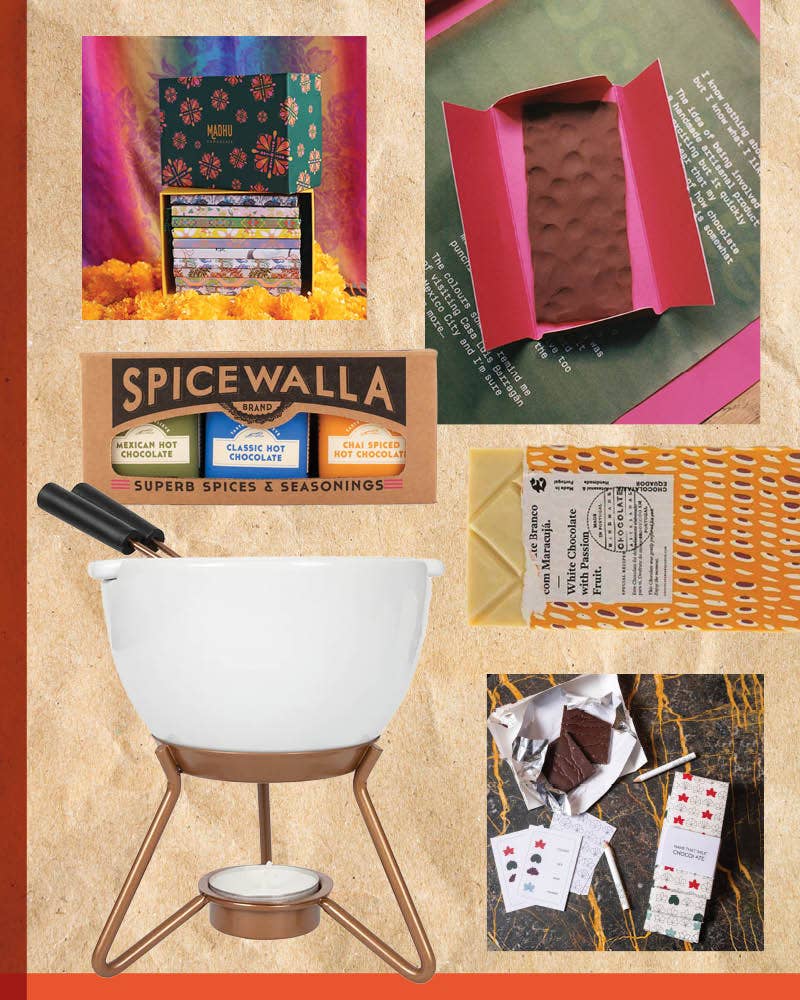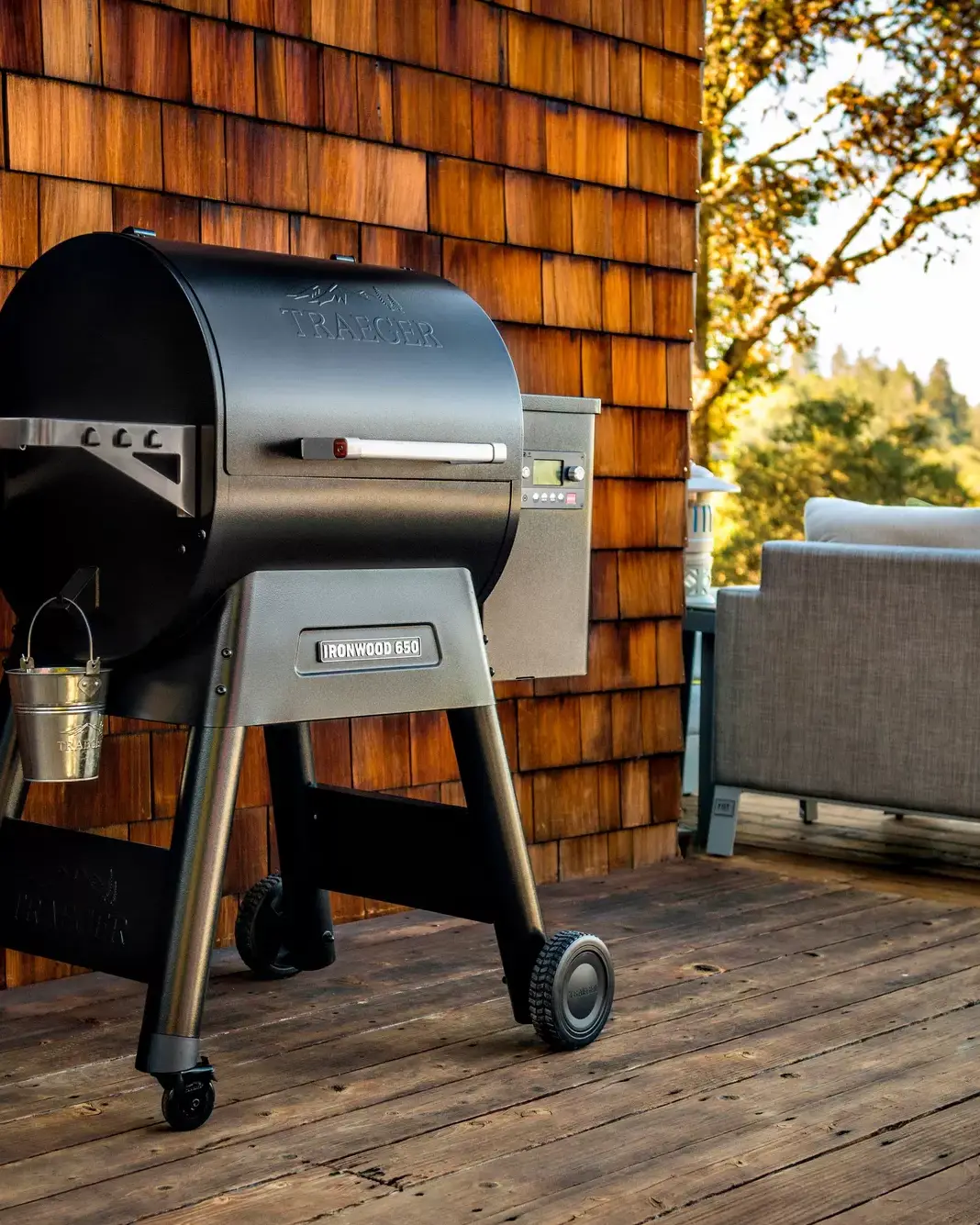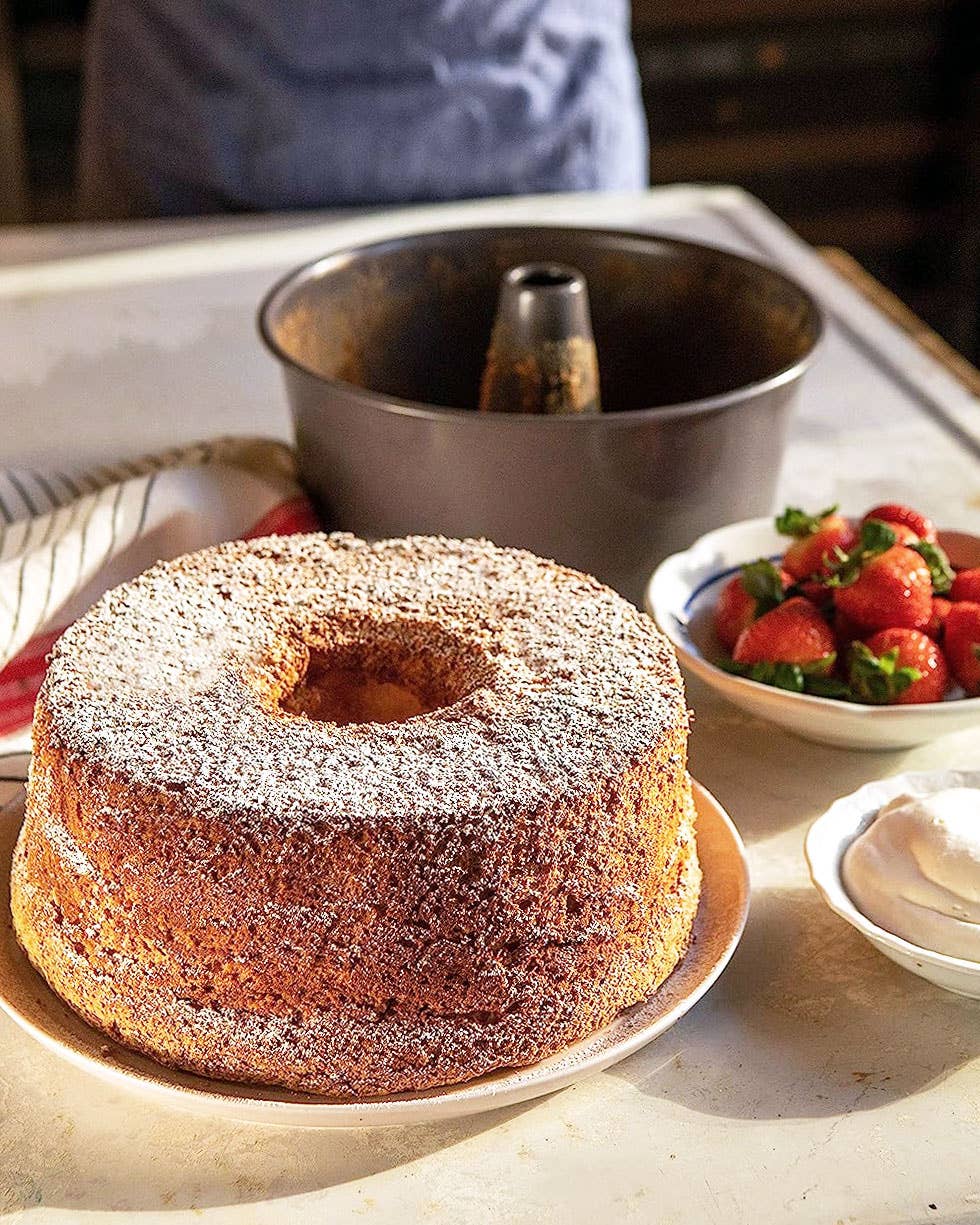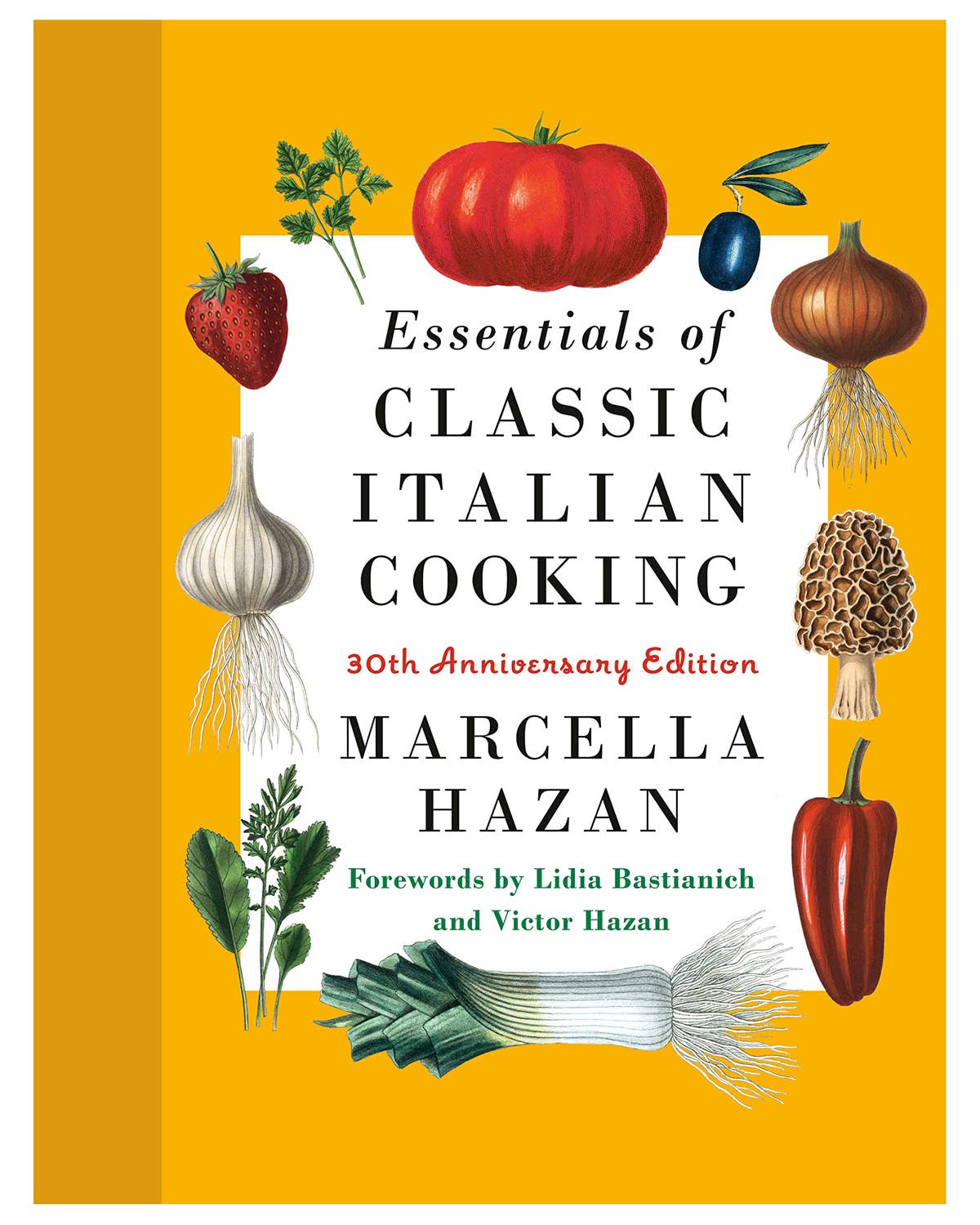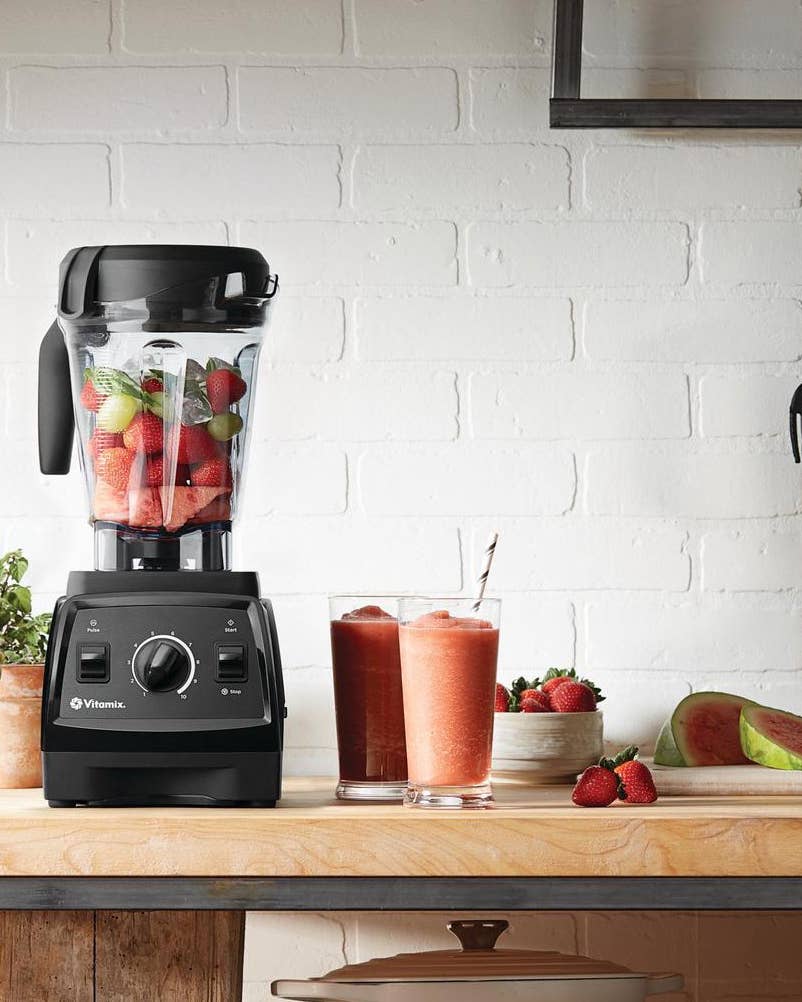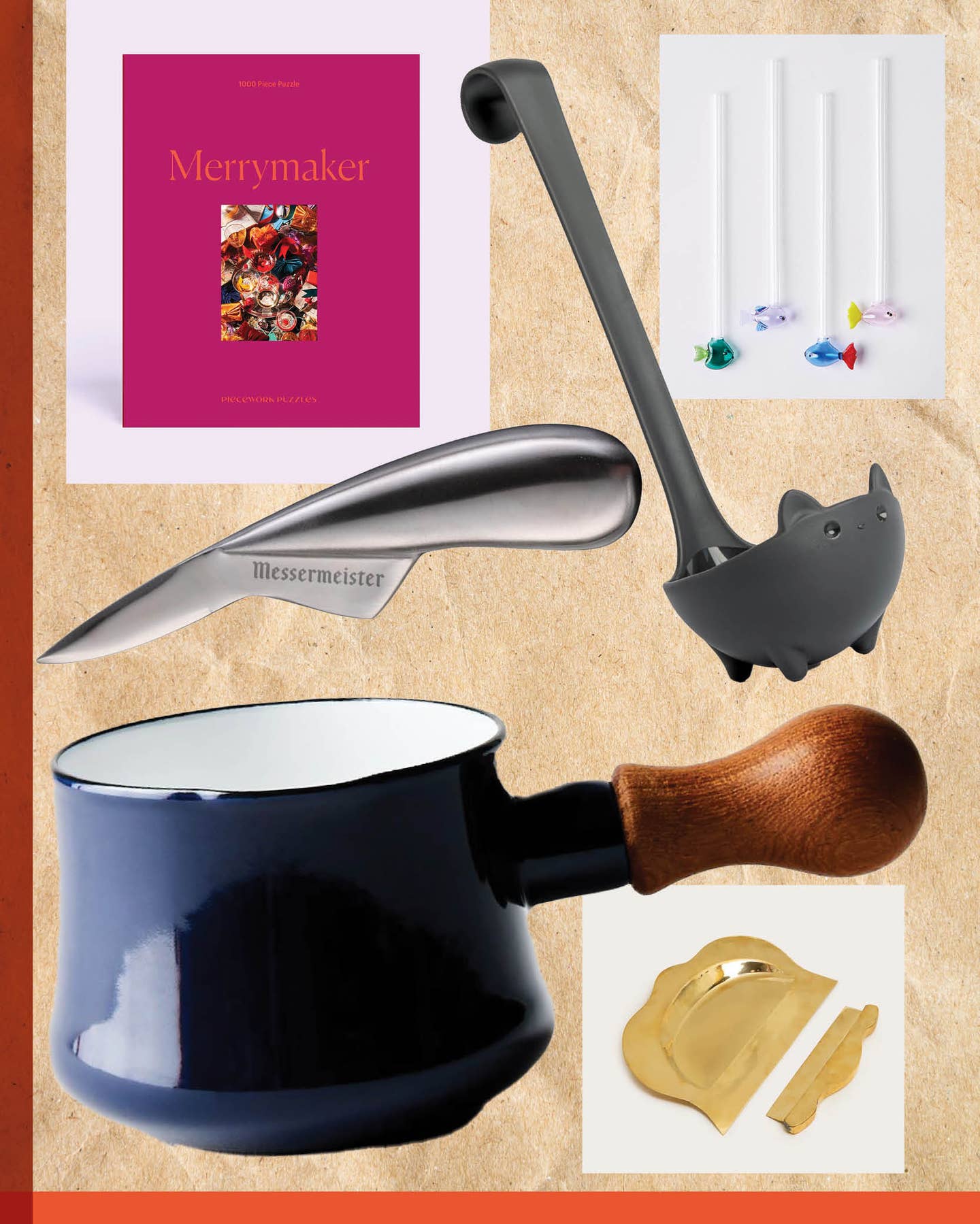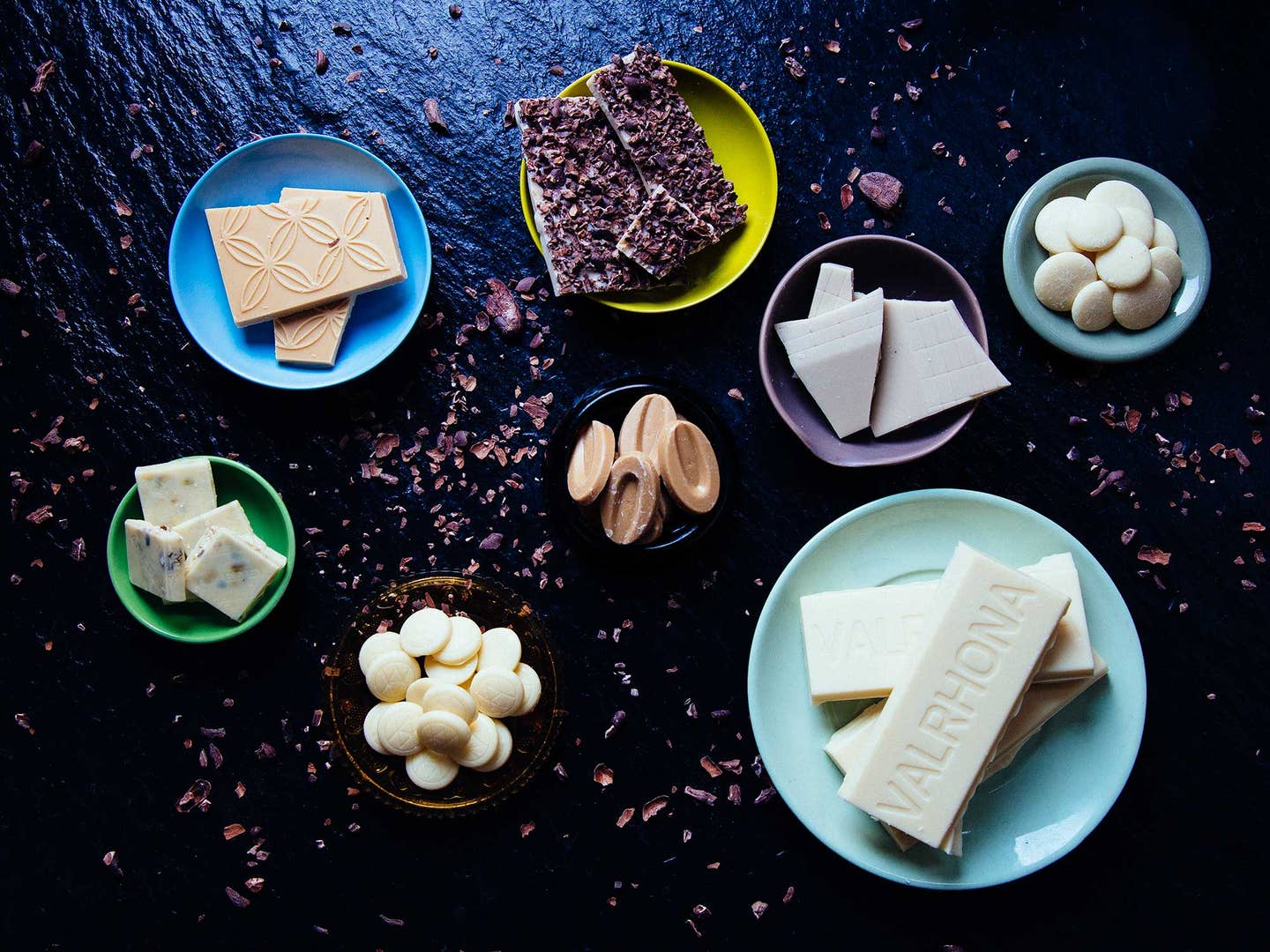
The World’s Best White Chocolates Deserve Your Respect
In defense of a pastry underdog we can’t help but love
No ingredient in the pastry pantry garners more controversy and snobbery than white chocolate. And fair enough: At its worst, it's a cloying throwback to the waxy hollow rabbits of Easters past and the '90s cookies-'n-cream craze, but even at its best, this confection is rarely afforded the status of "real" chocolate. At the end of 2013, the Wall Street Journal reported that white chocolate bars made up only about 5% of chocolate bars sold in the United States; white chocolate is forever an underdog.
The milky confection runs flagrantly counter to the culinary world’s demands for ever more bitter bars, which has lead to dark chocolate with cocoa mass percentages creeping up into the 60s, 70s, and 80’s, made with the same giddy brutalism of American craft breweries scrambling to out-hop each other with every tongue-twinging brew.
Please, don’t get me wrong: Of course there is a time and a place for very bitter chocolate, and yes, there is a whole lot of terrible white chocolate out there. But the good stuff—milky, rich, and full of great subtlety—is worth celebrating. Here are the exceptional ones to look for.
The best big European brands, like Valrhona, Barry, and Callebaut, produce mild, silky versions that melt sexily into custards and creams. The FDA requires white chocolate to contain a minimum of 20% cocoa butter to be labeled as such in the U.S., but Valrhona Ivoire contains a whopping 35%; that extra fat makes it a beautiful stabilizer for buttercream that won't outshine the other flavors you're working with.
I use this simple white chocolate cream cheese frosting from Rose Levy Beranbaum all the time, either as is or with a splash of espresso, fruit purée, or cinnamon to dress it up. It's a miracle of a recipe with only three ingredients that I like to keep to myself among my white chocolate-averse dinner guests.
Much of the world’s cocoa butter is essentially a byproduct of cocoa powder production that is rerouted into the cosmetics industry once the fragrant cocoa solids have been separated out. Cosmetics manufacturers prefer a neutral base, so most cocoa butter goes through a process of steam deodorization. Only a small portion of that lovely fat makes it back into the food system for white chocolate production, and while some of the white chocolate made from this neutralized cocoa butter can be quite nice, the only real flavors in those bars come from added milk solids and vanilla.
El Rey and Askinosie keep their white chocolates fragrant and funky by using their own undeodorized cocoa butter. El Rey’s is buttery and smooth with a pronounced nutty cocoa nib aroma and just a touch of vanilla. I’ve melted it into semifreddo and white hot chocolate and it makes a great coating for fruit or truffles. Askinosie has a firmer texture and a satisfying snap but is less versatile for cooking: Their use of goat’s milk for the dairy component give them a unique, gamey tang that set them apart among snacking bars. Be sure to check out their crunchy cocoa nib version for an especially earthy treat.
Many chocolatiers have caught onto the happy accident that is burned, or rather "caramelized" white chocolate. Valrhona initially released a version in Europe in 2012, but now pastry chefs, candy-makers, and bean-to-bar businesses are also reimagining the trend.
Thomas Keller's chocolate course at Per Se includes a caramelized white chocolate bonbon, and Fruition Chocolate in upstate New York sells a Toasted White Chocolate bar that brought a moment of blissed-out silence to our staff during tastings. With notes of butterscotch, brown butter, and toffee, the bar boasts a subdued sweetness and satiny mouthfeel that make it perfect for snacking or melting into ganache.
The first words that came up in our staff tasting in response to Amedei’s mellow white chocolate were “milky,” “creamy,” and “dairy.” The small Tuscan producer definitely falls into the same camp as the big Euro brands, with milk and vanilla as the dominant flavors. At 29%, their Bianco bar has a somewhat lower cocoa mass percentage than most of our favorites and a texture that is a bit milk-powdery when eaten straight-up. It makes a fine baking chocolate, but where Amedei really shines is in their stunning White Milk Chocolate with Pistachios. Loaded with fragrant Sicilian pistachios and beautifully wrapped in a botanical watercolor, this bar makes a delicious and attractive gift.
This vegan bar from Charm School Chocolates contains no dairy products, and as such it is the only one that we tasted that can’t legally be labeled white chocolate. We’re usually a bit prickly about vegan substitutes around here, but at 34% cocoa butter, this fragrant and flavorful bar is far from virtuous. Enriched with coconut cream, Charm School’s Vanilla Bean Bar has a silky melt and a unique coconut custard flavor that surprised all of our tasters. The texture is a bit too waxy for confectionary work, but it has a well-deserved place in our pantry as a snacking bar.
More From Our Modern Pantry
Keep Reading
Continue to Next Story



